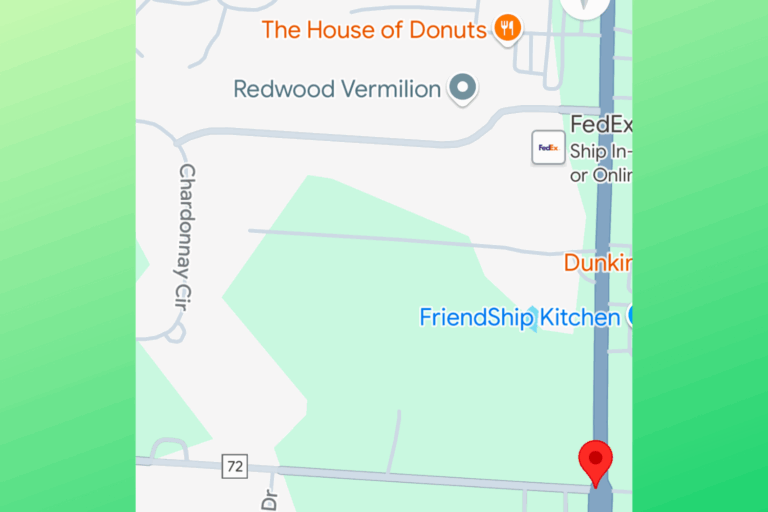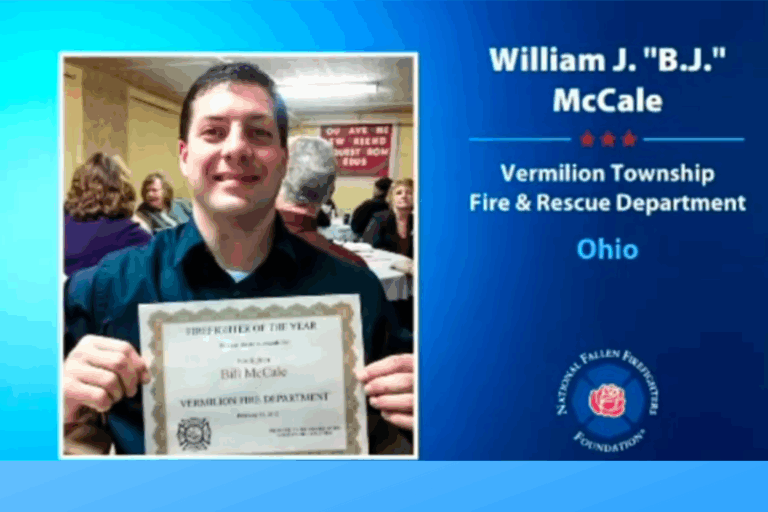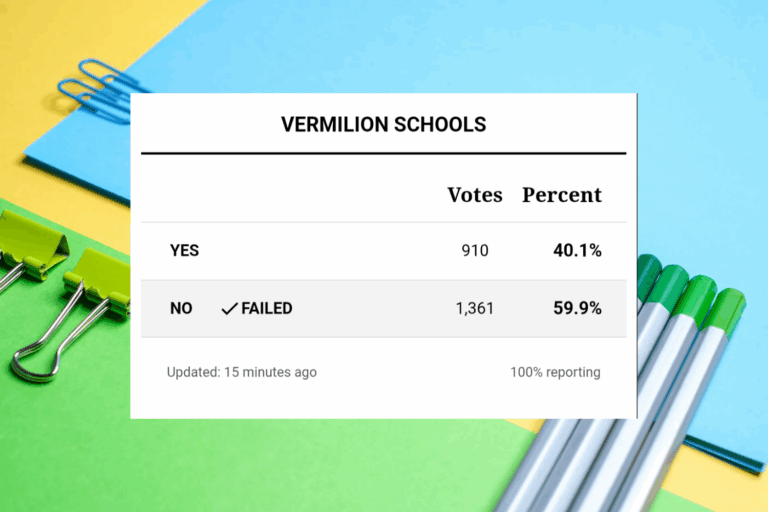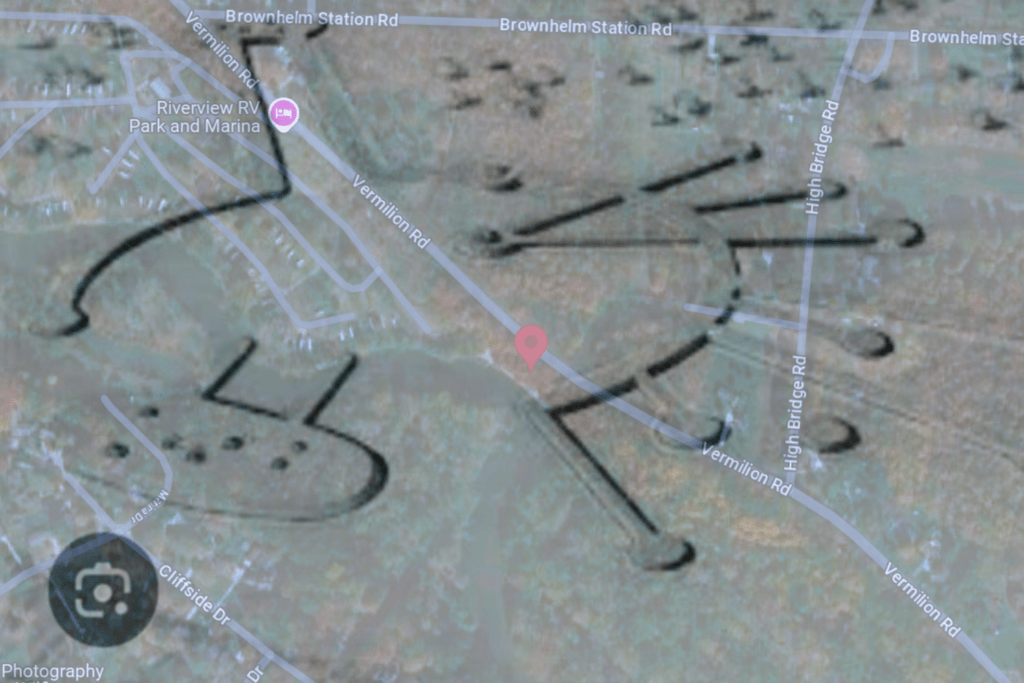
Nestled atop the bluffs overlooking the Vermilion River lies one of Ohio’s most intriguing archaeological treasures: the Franks Site. Covering approximately 87 acres southeast of Vermilion, this historic site is more than just a burial ground. It represents the remnants of what may have been a thriving Erie Indian city—a community that lived, worked, and celebrated along the banks of the river centuries ago.
Today, the Franks Site stands as a silent witness to the Erie Indians’ legacy, offering a glimpse into their rich history and culture. By exploring this site, we not only uncover the past but also step into the lives of those who once called this place home.
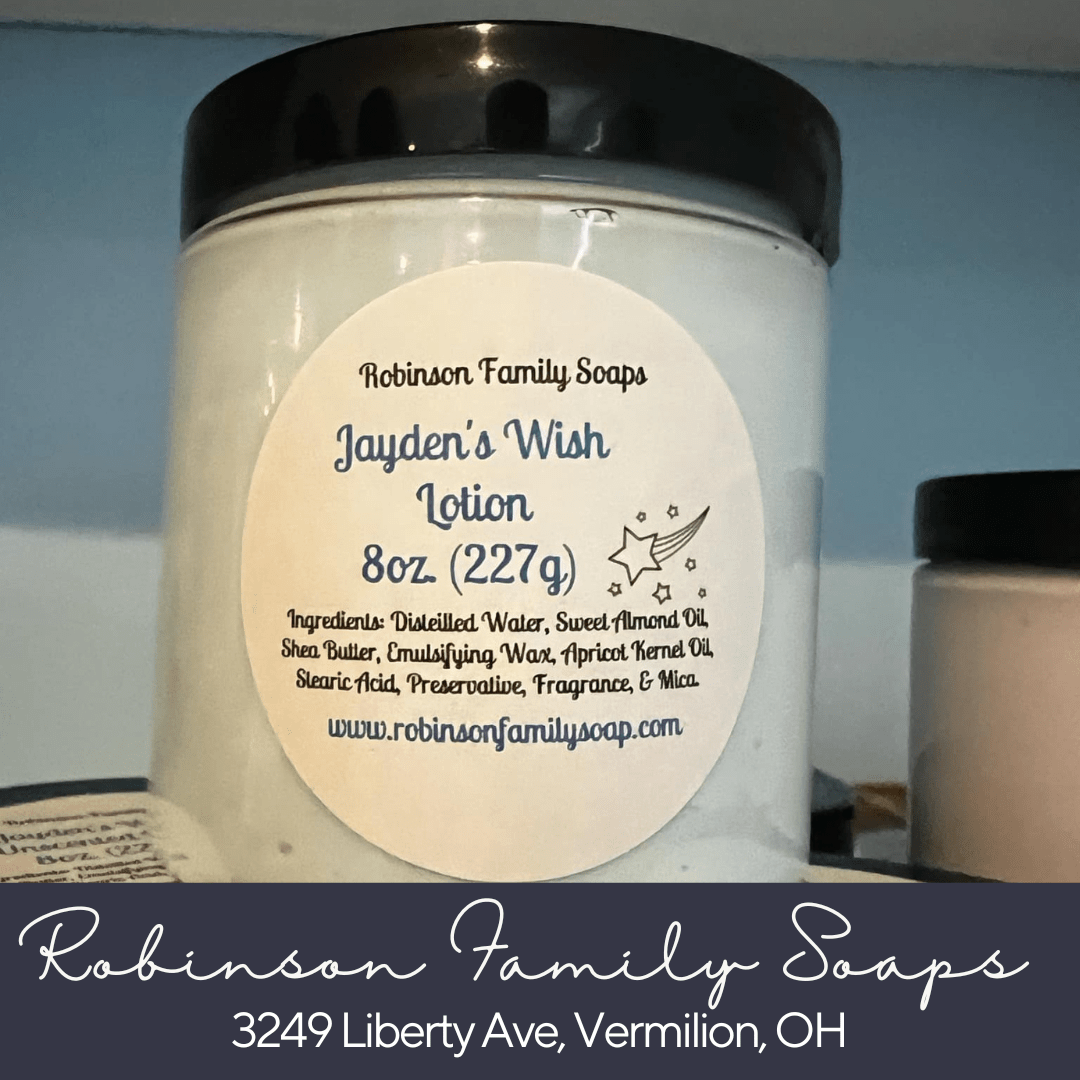
Franks Site: A Historical Overview
Discovered in the early 20th century, the Franks Site quickly became a focal point for archaeologists seeking to understand the lives of the Erie Indians. In 1941, Raymond C. Vietzen conducted a groundbreaking excavation, uncovering skeletons, pottery, tools, and other artifacts that painted a vivid picture of a bustling settlement.
The site’s burial grounds revealed varied practices, from extended to flexed positions, suggesting a diverse or evolving cultural tradition. The intricate designs on pottery fragments and evidence of well-crafted tools hint at a sophisticated society that thrived here. Recognizing its significance, the Franks Site was added to the National Register of Historic Places in 1975, cementing its place in Ohio’s historical narrative.
The Erie Indians: Inhabitants of the Franks Site
The Erie Indians, also known as the Cat Nation, were Iroquoian-speaking people who inhabited northern Ohio, western Pennsylvania, and parts of New York. Agricultural experts, they cultivated staple crops such as corn, beans, and squash, which flourished in the fertile lands near the Vermilion River.
Beyond farming, the Erie were skilled hunters and traders. The river and nearby Lake Erie provided abundant fish and served as transportation routes, connecting them to neighboring tribes. Their craftsmanship extended to pottery, weaving, and toolmaking, reflecting a culture rooted in resourcefulness and creativity.
A Day in the Life: Imagining the Erie Community
Life at the Franks Site would have been vibrant and dynamic. At dawn, families might have begun their day tending to crops or preparing meals over open fires. Children played along the riverbank while elders shared stories that preserved the tribe’s history and wisdom.
As the sun climbed higher, artisans would gather to craft pottery, weave baskets, or carve tools from stone and bone. The hum of activity would echo through the settlement, interspersed with laughter and the rhythmic pounding of corn into meal.
Evenings brought the community together for ceremonies, storytelling, and music. The beat of drums and the flicker of firelight would transform the settlement into a lively tapestry of sound and motion. This was a place of connection, a city bound by shared purpose and tradition.
The Decline of the Erie Tribe
Tragically, the Erie Indians’ story took a dark turn in the mid-17th century. A prolonged conflict with the powerful Iroquois Confederacy, driven by competition for fur trade dominance, led to the Erie’s eventual downfall. By 1655, the Erie were defeated, and their survivors were scattered or assimilated into other tribes.
The Franks Site, once a thriving hub of life, fell silent. Yet, its artifacts and burial grounds remain, offering a poignant reminder of the Erie Indians’ resilience and ingenuity.
Preserving the Legacy
Today, the Franks Site serves as a reminder of Vermilion’s deep historical roots. While the site is not widely accessible to the public due to its potential private ownership, efforts continue to study and preserve its artifacts. Vermilion residents and visitors can honor this heritage by supporting historical preservation initiatives and learning about the Erie Indians’ contributions to the region.
To gain a visual understanding of this historic site, watch this informative video:
Frank’s Site Vermilion, Ohio.
By walking the paths once trod by the Erie, we connect with a shared history that transcends time. The Franks Site is more than an archaeological site; it is a testament to a community that lived with purpose, celebrated its culture, and thrived in harmony with the land.

As Vermilion continues to grow, let us not forget the Erie Indians who came before us. Their story is our story, woven into the fabric of this land.
